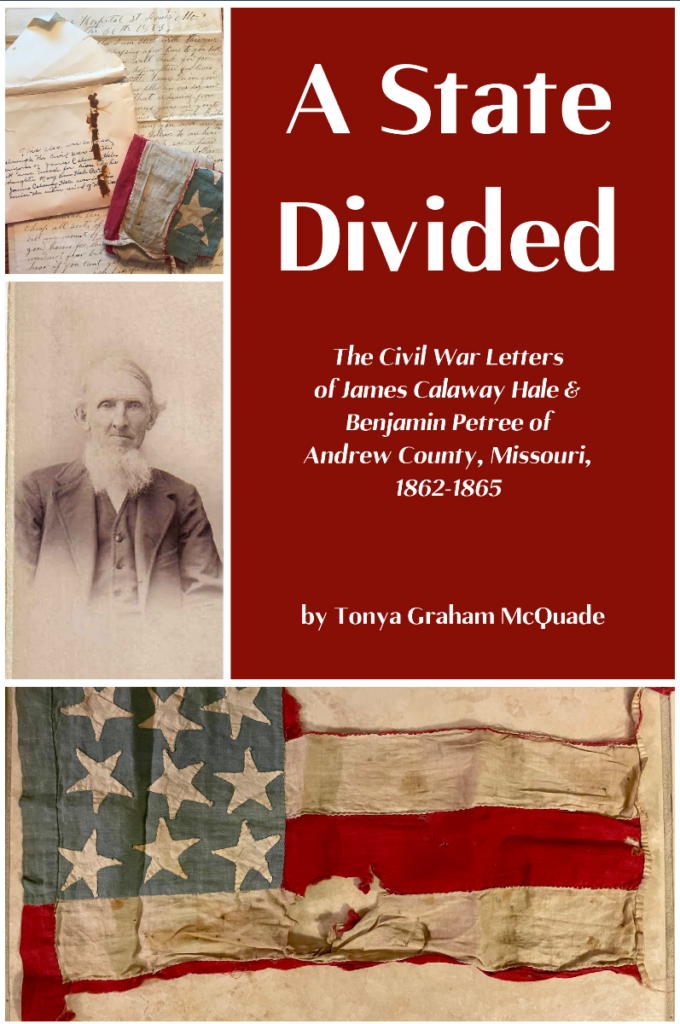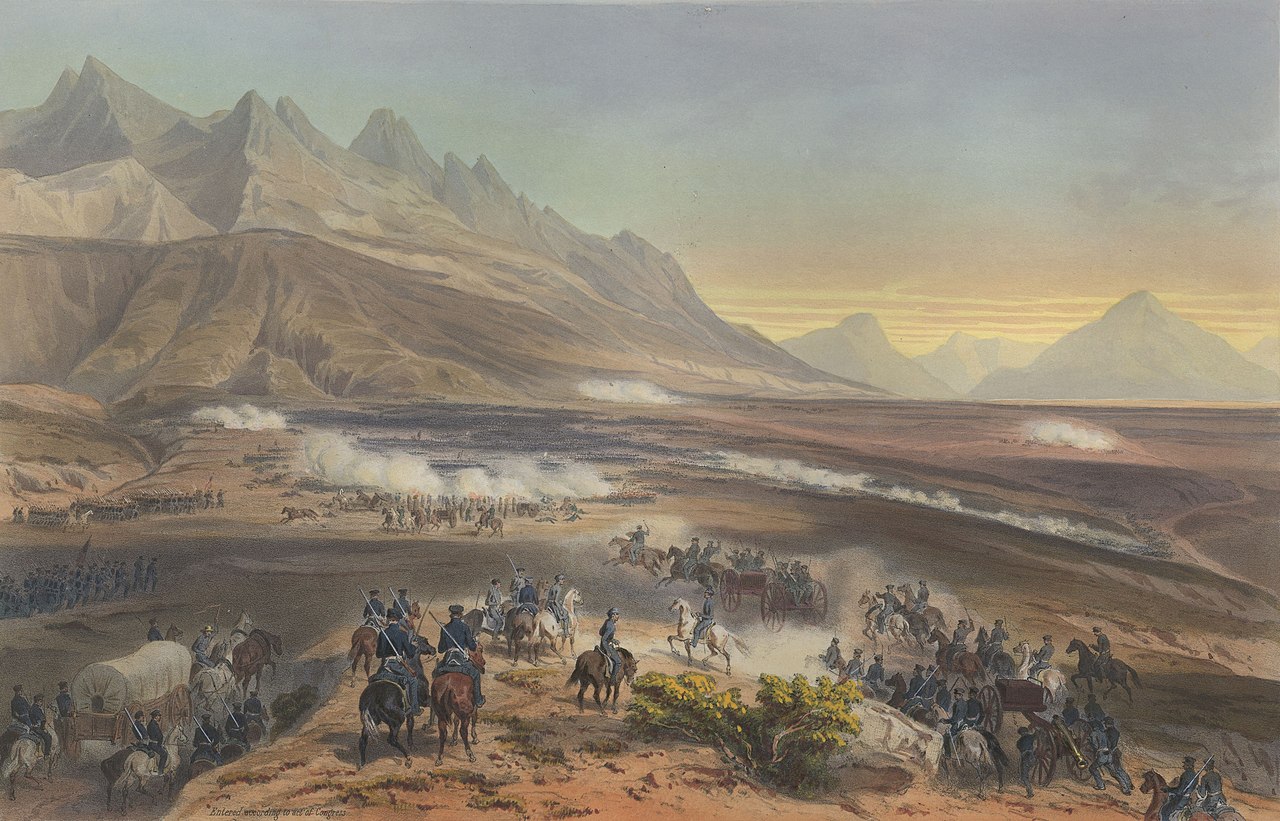Tonya Graham McQuade on “A State Divided—Gaining Insights into Missouri’s Important Role in the Civil War”
Did you know that many people actually believe the Civil War started in Missouri? Missouri was a state torn apart by political disagreements and violence even before the firing on Fort Sumter in April 1861. While the Missouri Compromise of 1820 helped to postpone the Civil War for four decades, the Platte Purchase, the Kansas-Nebraska Act, the Dred Scott case, and the “Bleeding Kansas” border wars—all of which played out here—added fuel to the fire. Some of the war’s first blood spilled on Missouri’s soil, and 42% of the battles occurred here during the first year of the war. Missouri even found itself with two competing governments: one supporting the Union; the other, the Confederacy.
Overall, Missouri suffered more than 1000 engagements on its soil. Many of those involved guerrilla warfare – including the Centralia Massacre and Battle of Centralia, which occurred Sept. 27, 1864—160 years ago this month. As it turns out, today’s speaker discovered she has family ties to Centralia on both the Union and Confederate sides.
In this talk, author Tonya Graham McQuade—whose family roots go deep in Missouri—will discuss Missouri’s interesting Civil War history and share excerpts from her new book, A State Divided: The Civil War Letters of James Calaway Hale and Benjamin Petree of Andrew County, Missouri, 1862-1865. The book includes fifty previously unpublished Civil War letters written by two of her ancestors and explains the context in which these two Missouri soldiers and their families found themselves living, both before and during the Civil War, as they watched discord, destruction, and bloodshed erupt all around them.
Originally from Tennessee and Indiana, Hale and Petree each had relatives who fought and died on both sides of the war. Their letters provide vivid details and unique perspectives into their lives and experiences during the war. Tonya will explain how this book came about, read some excerpts from the letters, and show some related maps, family trees, and photos. Books will be available for purchase and signing.
Tonya Graham McQuade is the author of A State Divided: The Civil War Letters of James Calaway Hale and Benjamin Petree of Andrew County, Missouri, 1862-65, and is a contributing writer to the Emerging Civil War website. She has a love for both history and historical fiction and a passion for writing which she plans to continue pursuing. In October she will be going on a book tour in Missouri to discuss her book at many of its relevant sites.
Tonya is the great-great-great granddaughter of James Callaway Hale, who wrote forty of the letters in the book. Hale’s daughter Mary Ann married the brother of Benjamin Petree, who wrote the other ten letters. In A State Divided, Tonya tells the story of these two Missouri soldiers as they march and drill with their regiments, avoid several close calls with guerrillas and enemy troops, witness the buildup to the Vicksburg Campaign, get an in-depth look at wartime St. Louis, overcome illness, trek with Sherman through the Carolinas, ponder the devastation they encounter, celebrate victory in Washington, D.C., and spend a lot of time sitting around, longing to be home, writing letters to their families.
A long-time English teacher at Los Gatos High School, Tonya lives in San Jose, California. She is an active member of Emerging Civil War, South Bay Writers/California Writers Club, National League of American Pen Women, and Poetry Center San Jose. You can learn more about Tonya on her website at tonyagrahammcquade.com, as well as find photos related to the book and to her research trips to Missouri. You can also find links to her Chasing History and Emerging Civil War blog posts, her poetry and photography, and her social media sites.




